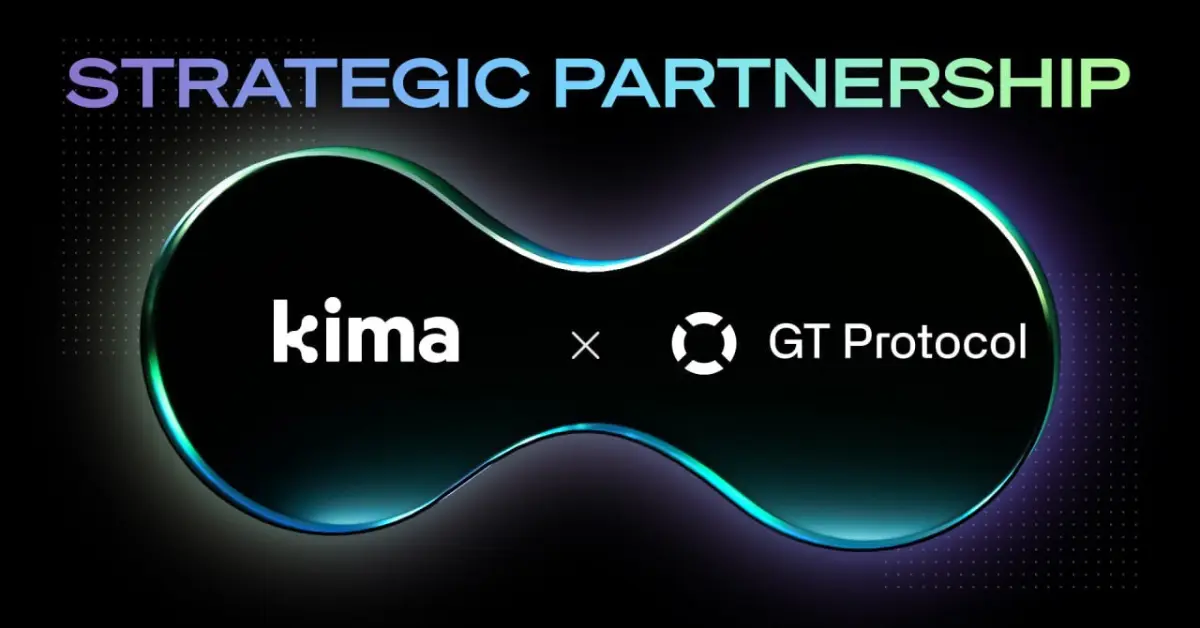
Imagine if traditional transactions and payments could only be executed with individuals and businesses belonging to the same bank. We take these types of everyday transactions and transfers for granted, but in the blockchain, this lack of interoperability exemplifies its chief flaw.
As Web3 expands with more blockchain networks—from mainnets, L2s, side chains, and beyond—the lack of a universal cross-chain network to smoothly bridge the entire ecosystem has become glaringly apparent. Interoperability has been a primary focus within the crypto and Web3 space because it enables blockchain networks and protocols to talk to each other, making it easier for regular users to engage with the technology.
Cross-chain applications like bridges provide limited inter-chain connectivity and present security threats, drastically missing the mark on what true interoperability requires. Interoperable solutions that establish new standards while working within the current blockchain infrastructure and can facilitate the seamless exchange of data and assets in a secure and scalable manner are desperately needed.
To help make this a reality, asset-agnostic protocol Kima, which facilitates peer-to-peer money transfers and payments, is integrating its decentralized settlement layer with GT Protocol, the developers of an AI blockchain execution technology and a Web3 investment platform. This strategic partnership enables GT Protocol’s AI-powered app users to utilize its native $GTAI utility token to execute cross-chain transactions, demonstrating an innovative approach to blockchain interoperability.
While this integration alone doesn’t solve every interoperability problem, it does highlight the role that Kima and its settlement layer could play in providing the industry with much-needed infrastructure to enable inter-blockchain transfers.
Kima’s settlement layer is built to handle wide-ranging applications including cross-border transfers, crypto payment rails, DeFi borrowing and lending, gaming, RWA marketplaces, wallets, and exchanges.
Speaking on integrating Kima’s settlement layer, GT Protocol CEO and Founder Peter Ionov said: “Working with Kima and its talented team to integrate has been an absolute pleasure. With Kima’s settlement layer underpinning our platform, we can provide our users with not just a mechanism to simplify $GTAI cross-chain transactions, but to do so within a hyper-secure environment.”
Integrating Kima’s flexible settlement layer supports GT Protocol’s vision of making Web3 accessible to everyone, including those new to crypto. Positioned as Web3’s next-gen crypto investing platform, the GT App is now equipped with a real, secure, and interoperable solution to purchase and transfer $GTAI tokens thanks to the Kima integration. This enhances the user experience by making cross-chain transfers of GT Protocol’s native token seamless and secure via Kima’s advanced smart contract-free technology directly from its platform.
Kima CEO and Co-founder Eitan Katz comments:
“We are always looking to collaborate with innovative companies and projects that prioritize the user experience and provide actual value to the Web3 ecosystem. GT Protocol epitomizes this because their blockchain AI execution technology enables users to interact with digital assets in numerous innovative ways—all within a single app.”
Designed to solve crypto’s interoperability issues, Kima’s protocol introduces a vast infrastructure that fosters inter-ecosystem financial activity without requiring intermediaries or smart contracts.
GT Protocol provides an all-in-one AI interface that bridges the gap between non-crypto users and the ever-expanding world of CeFi, DeFi, and NFT marketplaces, helping users navigate the crypto landscape like a seasoned investor.
Through this integration, both Kima and GT Protocol set an example within Web3 on the importance of collaboration, showing that when innovative projects team up, users benefit from added value, enhanced security, and a better overall experience.
“As we progress on our roadmap, partnerships and integrations solidify us as crypto’s hub for connecting isolated blockchains, enabling a more efficient, fluid, and innovative industry to flourish,” concluded Katz.
CoinPedia has been delivering accurate and timely cryptocurrency and blockchain updates since 2017. All content is created by our expert panel of analysts and journalists, following strict Editorial Guidelines based on E-E-A-T (Experience, Expertise, Authoritativeness, Trustworthiness). Every article is fact-checked against reputable sources to ensure accuracy, transparency, and reliability. Our review policy guarantees unbiased evaluations when recommending exchanges, platforms, or tools. We strive to provide timely updates about everything crypto & blockchain, right from startups to industry majors.
All opinions and insights shared represent the author's own views on current market conditions. Please do your own research before making investment decisions. Neither the writer nor the publication assumes responsibility for your financial choices.
Sponsored content and affiliate links may appear on our site. Advertisements are marked clearly, and our editorial content remains entirely independent from our ad partners.
Investors searching for the next high-upside opportunity are now comparing this $0.035 emerging crypto to…
The LINK price remains capped and under bearish pressure despite there being strong signs of…
Strategy, the company led by Bitcoin advocate Michael Saylor, has successfully held its place in…
The XRP price is currently in a decisive standoff, as its price is capped despite…
Story Highlights The Live Price Of XRP Predictions suggest XRP could reach $5.05 by the…
Story Highlights Bitcoin is currently trading at: Predictions suggest BTC could reach $175K in 2025.…